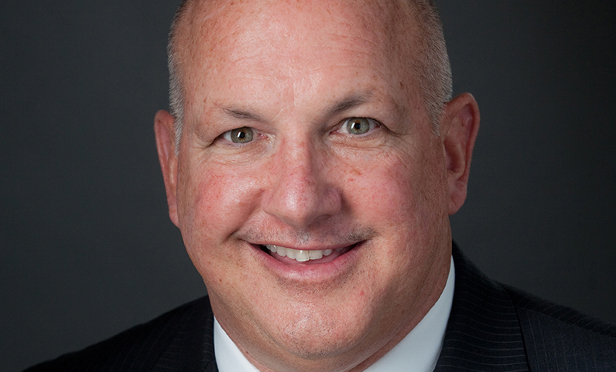 Ollen: “It’s about assessing needs, and I think any good broker, developer or owner would do that.”
Ollen: “It’s about assessing needs, and I think any good broker, developer or owner would do that.”
LOS ANGELES—Accessibility, amenities and office building type are among the keys to Playa Vista’s success as a tech hub, but there’s more to the story, Tishman Speyer’s managing partner John Ollen tells GlobeSt.com. Ollen will be speaking at the “Case Study: Where 500+ Tech Startups Call Home” session during NAIOP’s O.CON conference here in November. The session will cover why Playa Vista has become the address of choice in Los Angeles’ urban Westside neighborhood. We spoke exclusively with Ollen about Playa Vista’s tech success and what other markets can learn from it.
GlobeSt.com: What factors helped make Playa Vista the tech hub it is today?
Ollen: One of the things that made Playa Vista as popular as it is today was the ability to start from a blank slate. This was unique for L.A. because there had never been that amount of area dedicated to ground-up buildings. Having said that, the people who developed there were able to assess the market, figure out what the right product was and deliver it. On the tenant side, the chance to go into new buildings, right-size their space if they were growing and get ahead of the curve was attractive, plus it was in a good location. This is where people from tech firms and new firms live: along the beach from Palos Verdes to Pacific Palisades. It’s a great location for them and offers great accessibility for a lot of their employees.
GlobeSt.com: How can other markets “grow” similar hubs to benefit their economy?
Ollen: I think it takes a determination to be able to focus on an individual area. The mayor’s office has done a great job with this from startup to today, and now they’re focusing on the Arts District Downtown. It’s a combination of getting everybody on the same page with the population, the firms that want to move there and the City, which allows developers to build and can try and expedite situations for developers. After that, it’s a matter of working that drive. There are other areas that have available land—like El Segundo, which isn’t in the city but has the ability to start putting together large blocks of land so that hubs like this can exist there as well. It’s a good start, but other areas where there are large blocks of land can become available and something like this can occur again.
GlobeSt.com: What can the commercial real estate industry do to help?
Ollen: It’s about assessing needs, and I think any good broker, developer or owner would do that. It’s trying to find out what these tenants need, what their interests are, why they want to move to a particular submarket and what opportunities are there. It’s really a matter of listening to these tenants and developing around those needs.
GlobeSt.com: What else should our readers know about developing tech hubs?
Ollen: The current creative environment is one of light (bringing in natural light to some degree), volume (open areas of space both horizontally and vertically) and connection between indoors and outdoors. Low-rise projects have done well with this—employees can go outside, take a break, have meetings or just enjoy the outdoors, but high-rises lose in that regard. I think you have to be accessible, too. Playa Vista is not the most accessible area in the city, but it has good freeway accessibility, and the new mass transit will help. There also has to be an amenity base. Playa Vista really didn’t get going in reaching full speed until the Runway lifestyle center was on the books and getting started. Then, tenants from outside the market could see the dream: live/work/play in the same area. So, to sum up, it’s accessibility, amenities and type of office buildings.
When it comes to trying to find and retain employees, most tech firms are willing to pay up for space that is unique or creative or that their employees will like. It’s not always cheap to renovate a building or build new construction, but if you ask a premium for creative space, the case has been that most tenants will pay for it to a degree because the space is so unique.

















 Copyright © 2024 ALM Global, LLC. All Rights Reserved.
Copyright © 2024 ALM Global, LLC. All Rights Reserved.